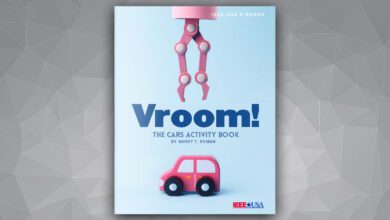
The October Jobs Opening and Labor Turnover Survey (JOLTS) produced by the U.S. Bureau of Labor Statistics points to significant long-term trends in the U.S. labor market. In August 2015, the jobs opening rate was 3.6 percent. This was higher than the jobs opening rate registered before the beginning of the 2009 recession at the same unemployment level. Also, since February 2015, job openings have exceeded hires for seven consecutive months. In contrast, except for August 2014, hires exceeded job openings from December 2000 to January 2015.
Why is the overall U.S. economy not improving if the job openings rate is increasing? A declining U.S. workforce participation rate seems to be a factor that is casting a shadow across the U.S. economy. In October, the unemployment rate declined slightly to 5.0 percent. However, more than 94 million American workers have quit looking for a job. This is an increase of 2 million workers in the past year. Not since 1977 had the United States seen a lower share of its workforce looking for a job.
At the same time, the Society for Human Resource Management (SHRM) reported in its September survey that 33 percent of HR professionals are having increasing difficulty filling jobs at all skill levels. Even more telling, this figure rises to 55 percent for filling skilled jobs. SHRM indicated that these trends have been increasing over the past 19 consecutive months.
The National Federation of Independent Business (NFIB) September survey found that 45 percent of its respondents reported that they had few or no qualified applicants for jobs they were seeking to fill. Twenty-seven percent of these small businesses owners could not fill open positions during this month.
The September Federal Reserve “Beige Book” noted that almost all of its districts reported that there were difficulties in filling skilled jobs. A Conference Board study indicated that in mid-September all business sectors were experiencing a record number of job vacancies they could not fill.
The decline in workforce participation to a 38-year low cannot simply be explained by the escalation of baby-boomer retirements. In October, the participation rate of prime-age workers (ages 25 to 54) was 80.7 percent, a rate last seen in April 1984. While the number of long-term unemployed has dropped by over 762,000 workers over the past year, there has not been a corresponding increase in employment, thus indicating that these people have given up looking for work. All of these statistics point to the fact that large numbers of Americans do not have the skills employers are seeking. This skills-job crisis continues to grow. Our current estimate is that 8 million jobs are vacant across the United States. If these trends continue, we estimate that by 2020 the United States could have 14 to 24 million vacant jobs.
This mismatch has been building for more than 20 years. It is a structural and systemic economic issue directly related to obsolescent education-to-employment systems at the regional and national levels, and the failure of businesses to provide training to new and incumbent workers. According to the 2015 Manpower Talent Report, only 20 percent of U.S. businesses provide training to their employees.
There are talent-creation solutions underway at the local level that I have termed RETAINs (Regional Talent Innovation Networks). But they are not at scale.
After 30 years of so-called education and workforce reforms, we have to go the whole way! It has become very apparent that partial reforms, piecemeal plans, and concessions to the status-quo have placed much of the current and future workforce in jeopardy through a “knowledge starvation diet.”
We need to recognize that there are “New Luddites” among us. They have retarded progress by defending an outdated workforce preparation system designed for a less demanding 20th-century labor market. That era has disappeared.
The majority of Americans need to move on. We urgently need new regional knowledge-delivery systems. The RETAIN model can offer more people a better coordinated, higher-quality education-to-employment pathway into a challenging 21st-century labor market.
Edward E. Gordon is the president of Imperial Consulting Corporation (www.imperialcorp.com). His latest book is Future Jobs: Solving the Employment and Skills Crisis (Praeger, 2013) which is a 2015 Independent Publishers Book Award winner.
Opinions expressed in this article are those of the author and not necessarily those of IEEE-USA or IEEE.






